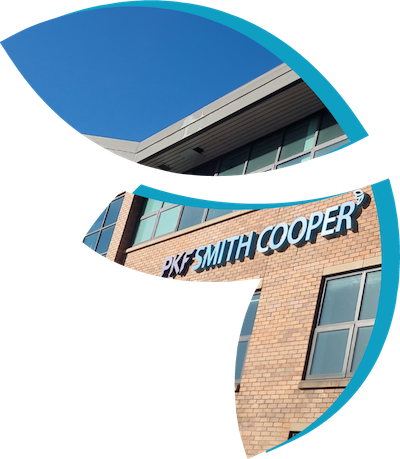Construction output in the UK is over £110 billion per annum and contributes 7% of GDP. Even without those figures, it’s not hard to see why construction is such an important part of the UK economy.
Of course, collaboration is key to keeping construction going too. After all, one person can’t build a whole house!
In a perfect world, people would know where they needed to be and when. Construction teams would work in perfect harmony… a nice thought, but the reality is much less seamless.
In this article, we’ll discuss how technology plays a key role in making construction projects easier to manage, and to work together on.
Challenges in Construction Project Management
When it comes to challenges in construction project management, you’ll see similar problems. According to a study by Bent Flyvbjerg and Dan Gardner, a staggering 91.5% of projects go over budget, over schedule, or both.
This isn’t helped by traditional project management techniques. They can be rigid and systematic, not allowing for change. Customers – the end users – don’t see the solution until the end, when it’s too late for them to have any say on how the project goes.
Construction is an industry that has always thrived on being innovative. It makes sense that the technology it uses should be the same way.
Leveraging Technology for Effective Project Management
Whether it’s something as futuristic as a drone or as everyday as a smartphone, technology is almost everywhere in construction. It’s impacting project management too – some of the biggest applications are in scheduling, collaboration and communication, and cost control.
Scheduling
We draw up schedules with the best intentions. But then delays happen. People get sick, we make additions… and before you know it, you’re months behind where your original plan. And that’s if you’re lucky – the Scottish Parliament building was meant to be up and running within two years. The project began in 1999, but the building itself didn’t open until 2004.
Using technology won’t solve every scheduling problem, but it certainly makes outcomes like the above less likely. With it, you’re able to see everyone’s availability at a glance, rather than relying on recalling schedules from memory.
It also does a lot more than just tell you who’s available when. Digital scheduling tools also automate allocations of tasks and resources, and adjust timelines automatically based on changes. Add to that the fact that all stakeholders can see it at one time, and you have a tool that makes project management much smoother from the outset.
Collaboration and Communication
In the modern day, teams can be based around the country – or even globally. What hasn’t changed from the earliest days of construction is the need for those teams to stay in touch with one another. Technology’s made that easier too.
The single platform marks a big improvement over traditional project management. This is a hub for all information, making it much easier for everyone to have an equal view of the project, no matter what role they take. And with cloud software, stakeholders can stay updated wherever they are.
Good collaboration is also encouraged by good document control, which construction technology helps with too. The software can deal with version management and access rights. As such, everyone is guaranteed to be working on the latest version. This makes for one less source of miscommunication and errors.
Lastly, the constant real-time data leads to better decision-making. Instead of deciding whether to add something to a project based on weeks-old data, it’s up to the minute. This means its impact can be properly considered alongside all the other analytics the software tells you about. This should make sure that any changes are fully analysed, minimizing their impact, and avoiding costly overruns.
Cost Control
Aside from schedules, costs are the other thing that is notoriously difficult to control on large projects. But no company has an endless pot of money – so keeping costs down is in everyone’s interests.
Unfortunately, traditional methods of cost control can make this harder than it needs to be. Relying on manual data entry and calculations, they may not provide the necessary tools for reliable cost predictions. This has the potential to lead to uncertainty in budget planning.
To overcome these challenges, many construction companies turn to digital cost control solutions. These track costs automatically – and from multiple sources, including timesheets and invoices. This greatly reduces the chance of errors and improves accuracy, meaning you’re more likely to stay on track.
They can also enable real-time analysis of the figures. Anyone with access to the system can see how the budget is faring compared to earlier projects, or targets. Fewer delays in getting this data empowers shareholders to make prompt decisions. This avoids potential cost overruns or deviations from the budget.
More advanced cost control uses predictive analytics to forecast project costs, based on historical data and trends. This lets teams make decisions even further in advance, dealing with minor issues way before they turn into major problems.
Project management is an unavoidable part of being in construction. How well it’s done depends on a lot of factors – and the tools you use are a big part of that. The right software means that your construction project is less likely to fail due to cost, budget, or communication breakdown. Hopefully, you can avoid being part of that dreaded 91.5%…
PKF Smith Cooper Systems are experts in helping professional services companies get the most out of their technology.
Contact us on 01332 959008 or use the enquiry form.
Interested to know more about our Sage solutions?
Call 01332 959008 or enquire online today
"*" indicates required fields

